The Umbrella Tree, also known as Schefflera actinophylla or Schefflera arboricola, is a stunning tropical plant that boasts an exceptional umbrella-like appearance.
Its unique look comes from its palmate, glossy green leaves that radiate out from a central stem like a canopy. Its superior characteristics elevate it above other indoor plants, making it a popular choice for home and office decoration.
There are different types of Umbrella Trees, including the common Umbrella Tree and the dwarf Umbrella Tree. The latter is a popular choice for indoor environments as it is more adaptable to low light conditions and smaller spaces. Their unique appearance and enduring characteristics have made Umbrella Trees fashionable among homeowners and plant enthusiasts.
Light Requirements for Umbrella Trees

Umbrella Trees require bright, indirect light to grow and develop properly. While they can tolerate some shade, they need sufficient light to thrive. Place your Umbrella Tree near a window with filtered sunlight or provide it with artificial grow lights to help meet its light requirements. It is important to avoid direct sunlight, which can scorch the leaves.
Watering Your Umbrella Tree
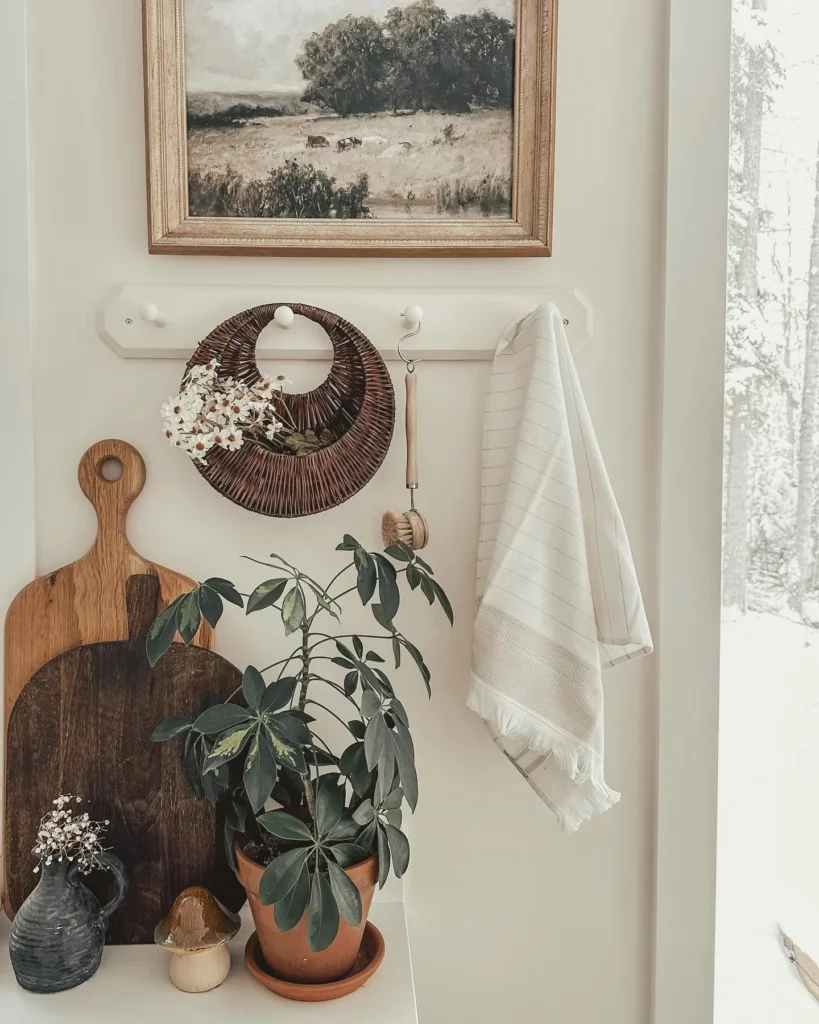
Proper care of your Umbrella Tree includes giving it the right amount of water. The key is to keep the soil consistently moist but not overwatered, which can lead to root rot. Allow the top inch of soil to dry out before watering again.
During the growing season, your Umbrella Tree may need to be watered more frequently than in the dormant season. However, be mindful of the moisture needs of your particular plant. Overwatering can be just as damaging as underwatering.
To check if your Umbrella Tree needs watering, insert your finger about an inch into the soil. If it feels dry, it’s time to water. Use room-temperature water and pour until it drains out the bottom of the pot. Empty the saucer beneath the pot to avoid water accumulation.
Watering your Umbrella Tree correctly is an essential part of its care.
Fertilizing Your Umbrella Tree
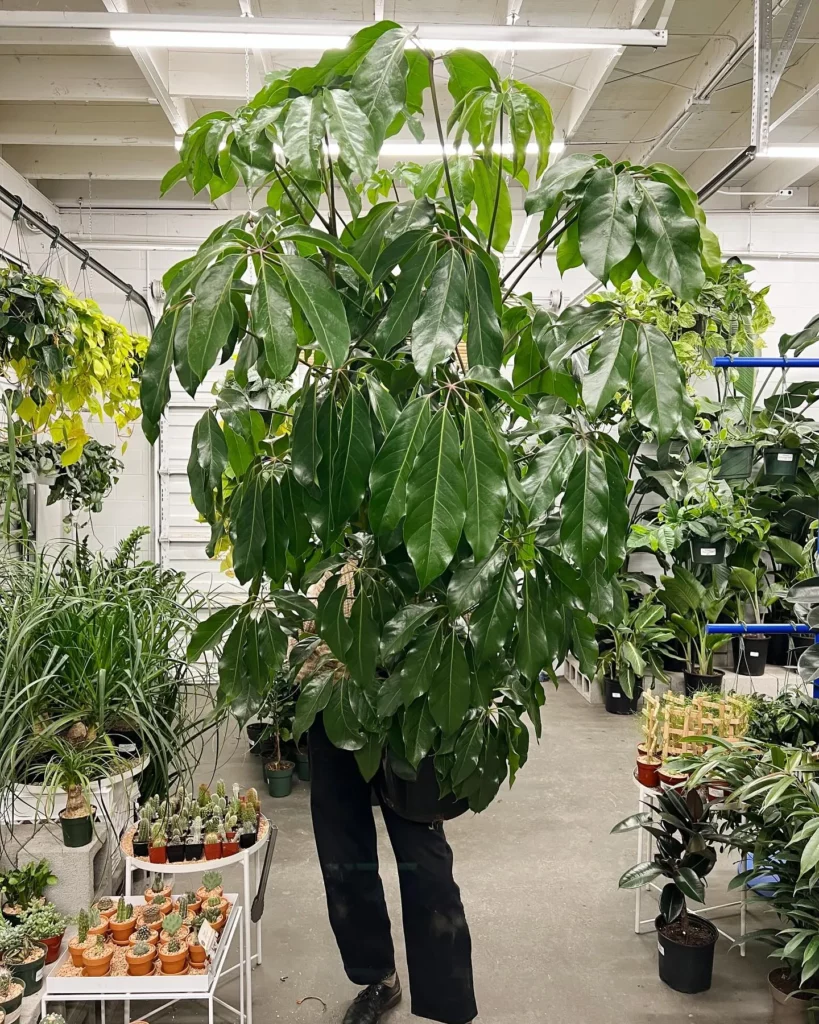
Umbrella Trees require regular fertilization to maintain their growth and overall health. A balanced, water-soluble fertilizer should be used during the growing season, and it’s important to follow the manufacturer’s instructions for proper usage. Over-fertilization can lead to nutrient burn, which can damage the plant, so be sure to avoid this mistake.
Fertilizing your Umbrella Tree is critical for providing essential plant nutrition. It’s best to fertilize your plant during the growing season, starting from spring and throughout the summer. During the winter, it’s best to reduce the frequency of fertilization.
When fertilizing your Umbrella Tree, you should remember to water the plant first before applying the fertilizer. This way, nutrients are released evenly and at the right pace. Additionally, avoid fertilizing recently re-potted Umbrella Trees for a few weeks to prevent the plant from getting shocked.
Potting and Repotting Umbrella Trees
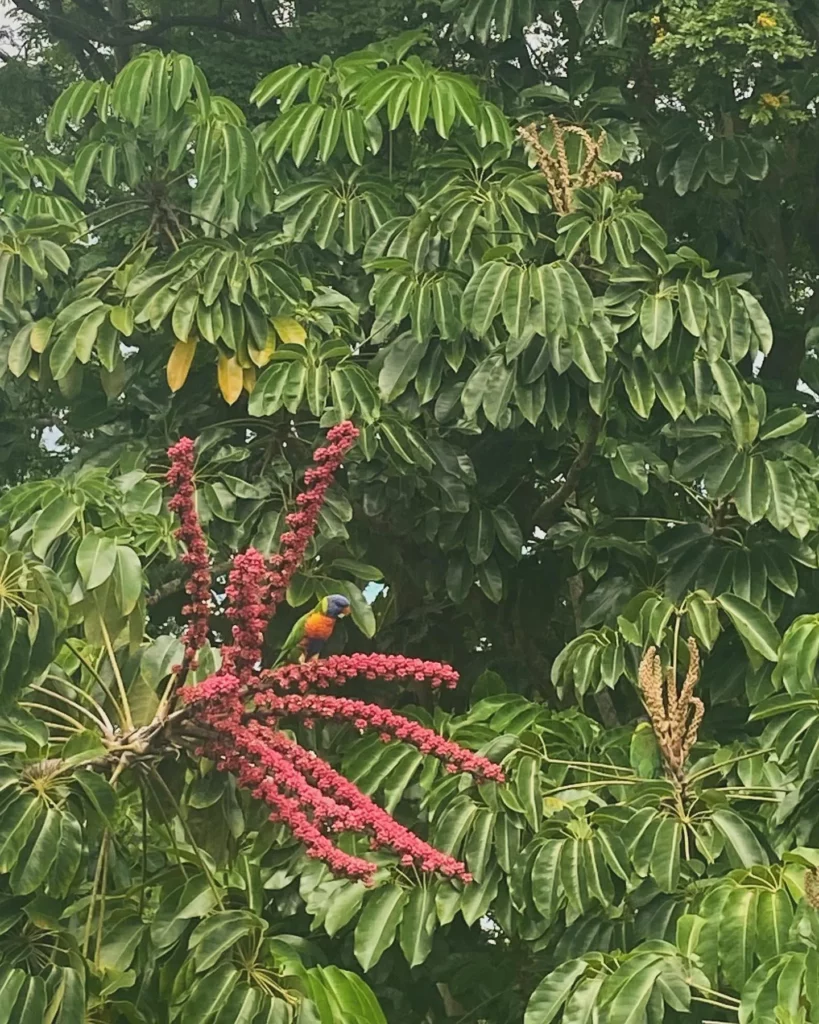
Umbrella Trees are relatively easy to pot and repot, which contributes to their adaptability. You want to ensure your plant has enough space to grow and access to the right nutrients, which are essential for maintaining optimal health. To start, choose a potting mix that features excellent drainage abilities and has the right components to support your Umbrella Tree’s growth.
After selecting the right potting mix, choose a container that is sizeable enough to accommodate the roots while still leaving adequate room for expansion. Keep in mind that your plant’s pot size may determine its overall growth rate.
It is also important to repot your Umbrella Tree when it outgrows its current container. Most growers generally perform the repotting process during the spring season. Be mindful of any signs of stress during the repotting process, such as leaf drop or wilting, and adjust your care routine accordingly.
Propagating Umbrella Trees
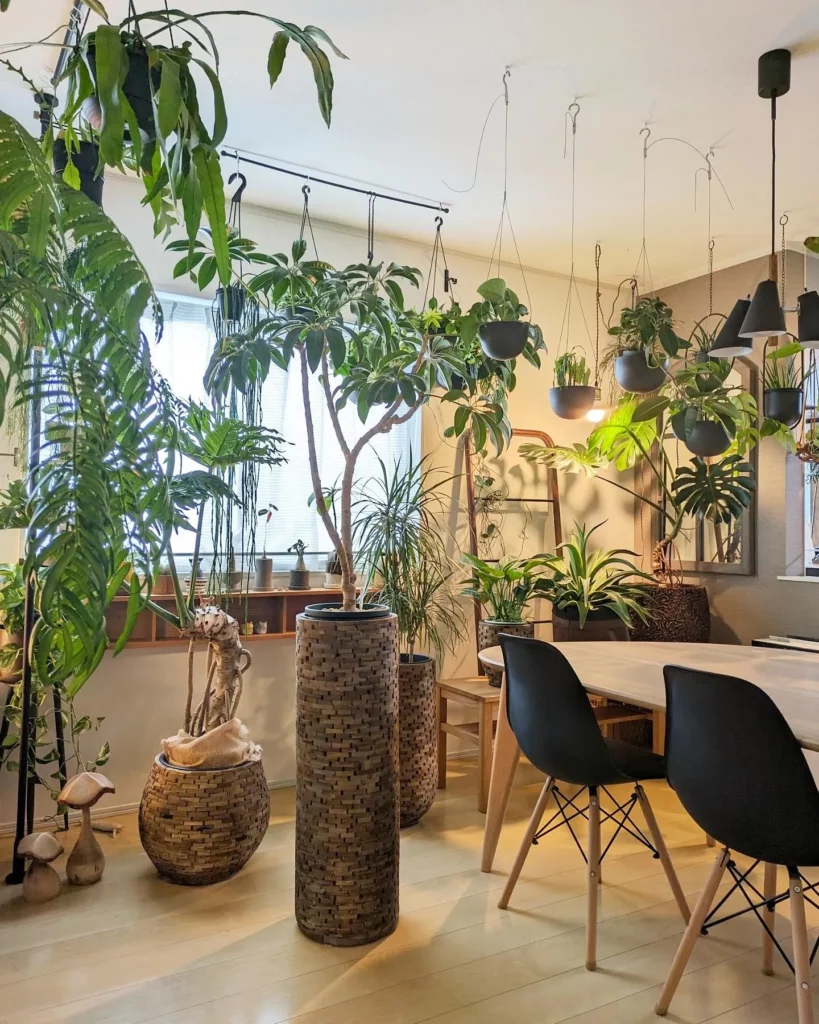
If you’re looking to expand your collection of Umbrella Trees or share them with others, propagation is an excellent option. There are two popular methods of propagating Umbrella Trees: stem cuttings and air layering.
Propagating with Stem Cuttings
- Take a stem cutting from your Umbrella Tree. Make sure the cutting is about six inches long and has a few leaves attached.
- Trim any leaves off the bottom of the cutting and dip the cut end in rooting hormone powder to encourage root growth.
- Plant the cutting in a well-draining potting mix and water it thoroughly. Cover the cutting and pot with a plastic bag to create a humid environment.
- Place the pot in a bright, indirect location and ensure the soil remains moist but not waterlogged. Within a few weeks, roots should start to form, and new growth will appear once the roots have taken hold.
Propagating with Air Layering
- Select a healthy stem from your Umbrella Tree and make a small incision on the bottom of the stem, about a third of the way through.
- Apply rooting hormone powder to the incision and wrap the area with damp sphagnum moss. Cover the moss with plastic wrap to create a humid environment.
- Wait for roots to grow from the incision, which will take several weeks. Once roots have formed, remove the plastic wrap and moss, and cut the stem below the rooted area.
- Plant the rooted stem in a pot with well-draining potting mix and care for it as you would a mature Umbrella Tree.
Growth and Development of Umbrella Trees
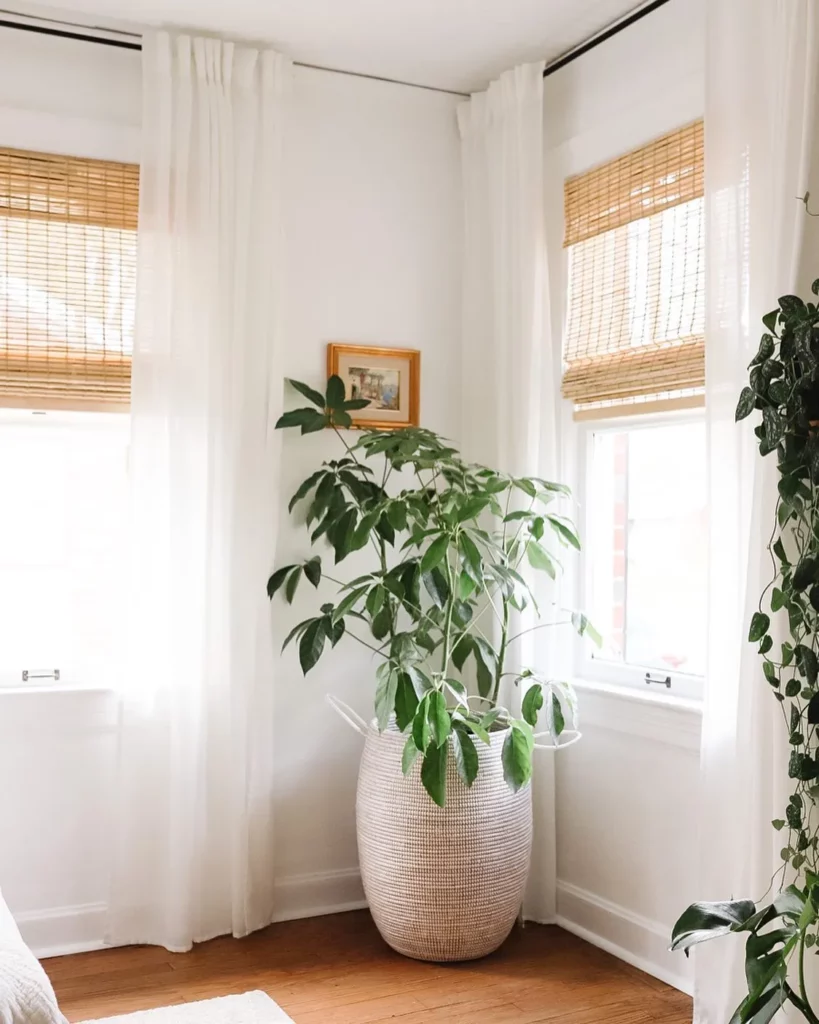
Understanding the growth and development of your Umbrella Tree is crucial for proper care. On average, an Umbrella Tree grows up to 8 feet tall and 6 feet wide, but with the right conditions, it can grow even larger!
The growth of your Umbrella Tree is affected by a few factors, including pruning and environmental conditions. Regular pruning can help control the size and shape of your plant, promoting healthier growth.
In terms of environmental conditions, the Umbrella Tree thrives in warm temperatures and high humidity. Keep your plant in a room with a temperature between 60-75°F and use a humidifier or a pebble tray to maintain optimal humidity.
Dealing with Pests and Diseases

Even though Umbrella Trees are a hardy species, they are still prone to some common pests and diseases. Spider mites, scale insects, and root rot are among the most common problems you are likely to face when taking care of your Umbrella Tree.
Spider mites can be a nuisance, as they suck sap from the leaves, causing them to wilt and turn yellow. Scale insects, on the other hand, are more damaging as they secrete sticky honeydew that attracts sooty mold, which can blacken the leaves and stems.
Root rot, caused by overwatering or poor soil drainage, can cause the roots to rot, leading to the death of your plant.
The best way to deal with pests and diseases is to take preventative measures, such as keeping the soil well-drained, ensuring adequate air circulation, and regularly inspecting your Umbrella Tree for signs of infestation or disease.
If you spot any pests or diseases, try using a natural insecticide or fungicide to control the problem. Neem oil, insecticidal soap, and horticultural oil are effective against most pests, while a copper fungicide can help control fungal infections.
Conclusion:
With this comprehensive Umbrella Tree care guide, you’re now equipped with the tips and knowledge needed for successful cultivation. Remember to provide your plant with adequate light, water, and nutrients, and to understand its growth habits. With these practices in mind, you’ll be able to enjoy the beauty of your Umbrella Tree for years to come.
FAQ
How often should I water my Umbrella Tree?
It is important to keep the soil consistently moist but not waterlogged. Allow the top inch of soil to dry out before watering again. Adjust your watering frequency based on the changing seasons and the moisture needs of your plant.
What kind of light does an Umbrella Tree need?
Umbrella Trees thrive in bright, indirect light. While they can tolerate some shade, they require sufficient light to grow and develop properly. Placing your Umbrella Tree near a window with filtered sunlight or providing it with artificial grow lights can help meet its light requirements.
How do I fertilize my Umbrella Tree?
Provide your Umbrella Tree with regular fertilization using a balanced, water-soluble fertilizer during the growing season. Follow the manufacturer’s instructions for application and avoid over-fertilizing, as it can lead to nutrient burn and damage the plant.
When should I repot my Umbrella Tree?
Repot your Umbrella Tree when it becomes root-bound. Choose a well-draining potting mix and a suitable-sized container. Be mindful of any signs of stress during the repotting process, such as leaf drop or wilting.
How can I propagate my Umbrella Tree?
You can propagate Umbrella Trees through stem cuttings or air layering. We will provide step-by-step instructions for each method, including the ideal time to propagate your plant.
What are common pests and diseases that affect Umbrella Trees?
Umbrella Trees can be susceptible to pests such as spider mites and scale insects, as well as diseases like root rot. We will discuss common problems, along with preventive measures and treatments to keep your Umbrella Tree healthy and pest-free.










